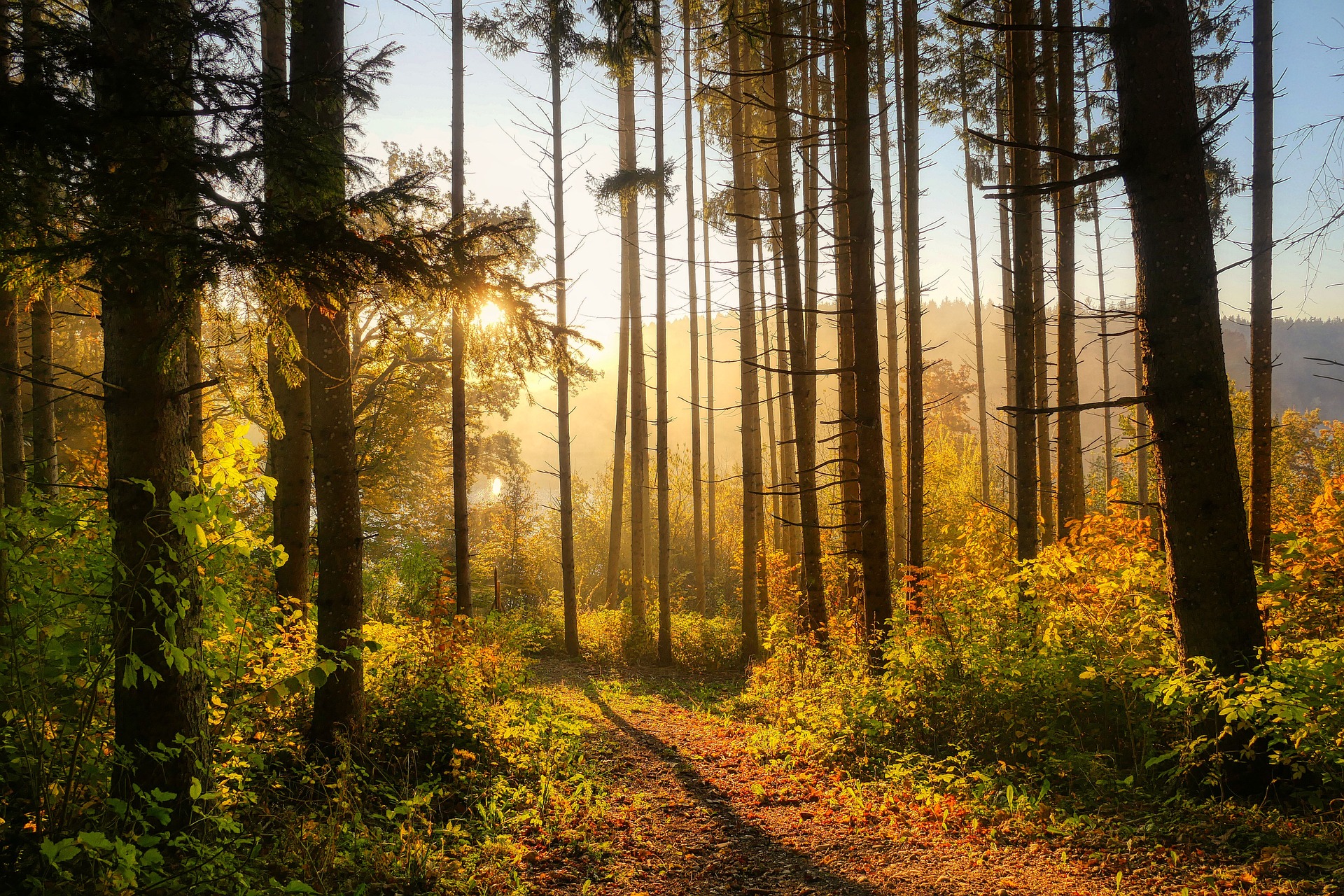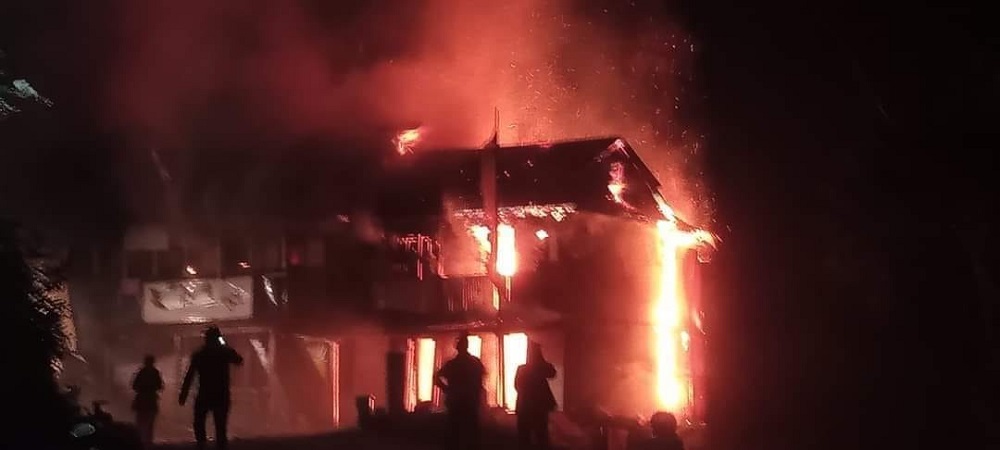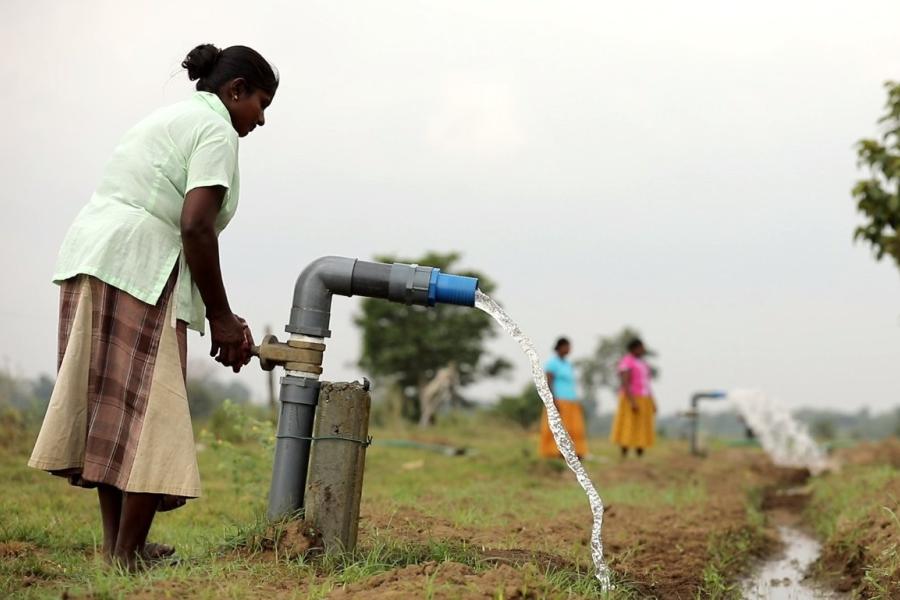Survival in the wild: What to do if you get lost in a dense forest
With towering trees blocking the sun, unfamiliar sounds echoing through the woods, and no clear path in sight, panic can set in quickly.

KATHMANDU: Getting lost in a dense forest can be a terrifying experience.
With towering trees blocking the sun, unfamiliar sounds echoing through the woods, and no clear path in sight, panic can set in quickly.
However, survival experts emphasize that staying calm and following a few critical steps can significantly increase one’s chances of making it out safely.
Stay calm & assess the situation
One of the biggest mistakes people make when lost is panicking. This often leads to hasty decisions, such as running in random directions, which can result in exhaustion, injuries, or becoming even more disoriented.
Instead, experts suggest taking a deep breath, sitting down, and carefully analyzing the surroundings.
If possible, try to recall the last known location or a recognizable landmark. If there’s a phone signal, calling emergency services or sending a GPS location can be a lifesaver.
However, in deep forests, signal availability is often limited, making self-rescue or survival tactics essential.
Mark your location & stay put
Survival instructors advise that the safest option is to stay in one place, especially if there’s a chance of a rescue team looking for you. Wandering aimlessly increases the risk of getting further lost. If movement is necessary—such as searching for water or a safer spot—marking the trail is crucial.
Breaking branches, arranging rocks, or tying pieces of clothing to trees can serve as markers, helping both the lost individual and potential rescuers.
Find water & shelter
Dehydration can be a major threat, especially in warmer climates. Streams or rivers are ideal sources of water, but if they aren’t available, dew collected from leaves in the morning can help. Rainwater, if available, is also a good option.
For shelter, caves, large tree trunks, or even makeshift lean-tos made from branches and leaves can provide protection from harsh weather, cold temperatures, or wild animals.
Signal for help
A person lost in the forest should make themselves as visible as possible. Bright clothing, mirrors, or anything reflective can be used to catch the attention of search helicopters or rescuers. Smoke from a controlled fire can also be a highly effective signal, especially in a remote area.
Fire serves multiple purposes: it provides warmth, keeps predators away, and can act as a distress signal. However, extreme caution is needed to prevent forest fires.
Beware of wildlife
Wild animals are a reality in dense forests. Most will avoid humans unless provoked, but it’s still important to stay alert. Storing food away from the sleeping area and avoiding strong-smelling substances can help prevent attracting animals.
If confronted by a predator, maintaining eye contact and backing away slowly (rather than running) is the safest approach.
Follow a water source or natural paths
If it becomes absolutely necessary to move, survival experts recommend following a stream or river downstream. Water sources often lead to larger bodies of water, which may have human settlements nearby. Similarly, natural clearings, valleys, or ridges might lead to paths used by hikers or locals.
Real-life survival stories
There have been several remarkable survival stories of people lost in forests for days or even weeks. In 2019, a Hawaiian woman survived for 17 days in a dense jungle by eating berries, drinking water from a stream, and using her survival instincts.
In 2021, a 12-year-old boy in Siberia was lost in a forest for two days but was found safe after following basic survival techniques, such as staying in one spot and using branches for warmth.
These stories highlight that survival in the wild is possible with the right mindset and actions.
Lastly
Getting lost in a dense forest is a daunting experience, but survival is achievable with proper techniques.
Staying calm, conserving energy, finding water and shelter, and signaling for help are key to making it through safely.
Nature can be both beautiful and dangerous, but knowledge and preparation can turn a life-threatening situation into a survival success story.









